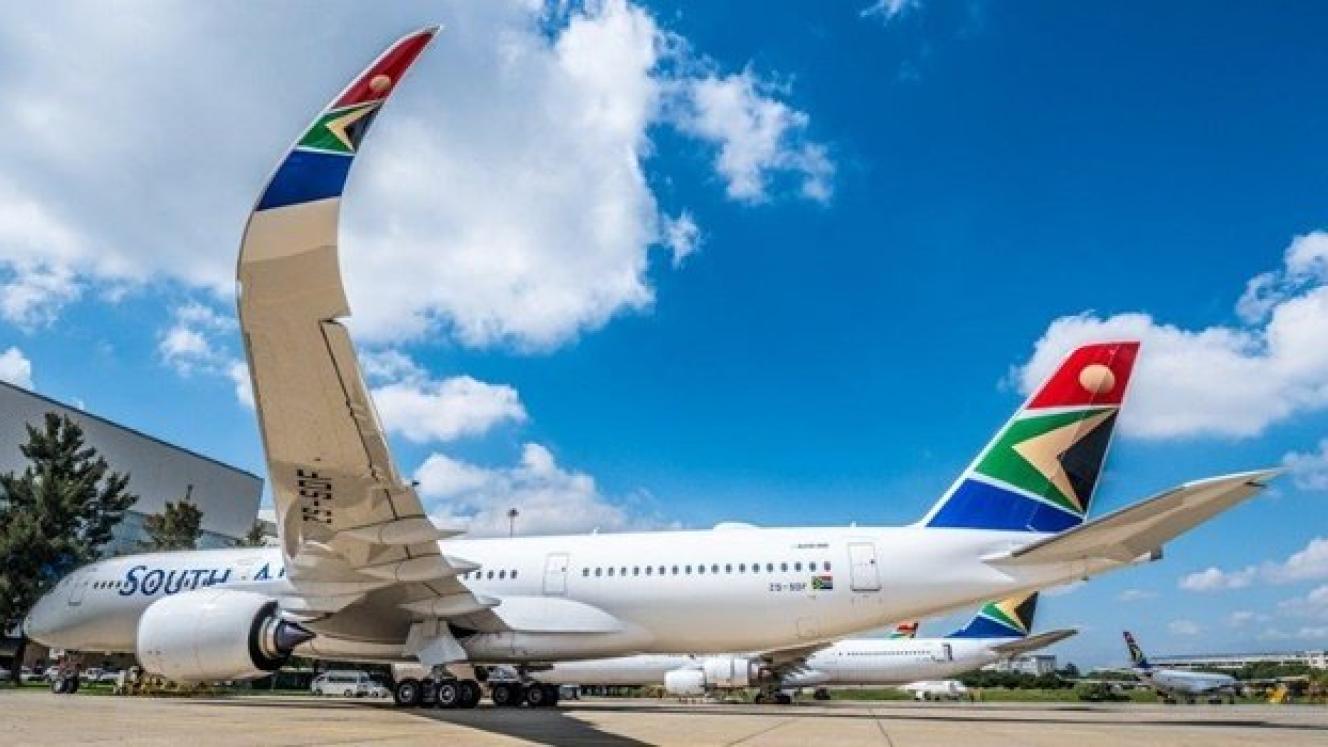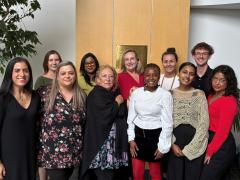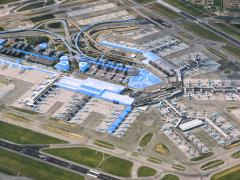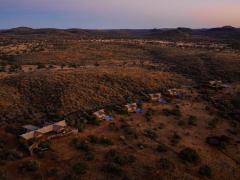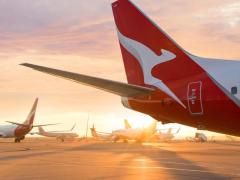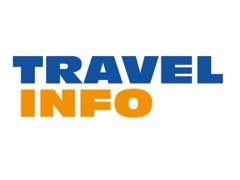In a statement released by the airline last week, SAA Board Chairperson John Lamola said SAA would no longer be constrained by the complexities of state governance and would have the competitive agility of a partially privately-owned business. He said SAA’s return to the skies was a major economic enabler.
In his statement, Lamola said there was no doubt SAA would provide more market equilibrium in terms of ticket pricing. “Since SAA went into, and then out of, business rescue, there has been less local capacity and that means tickets have become more expensive. Our return to the skies will mean more competitive pricing and will enable more South Africans to fly.”
But Rodger Foster, CEO and MD of Airlink, did not agree. He said the concept that the market was under-traded, or was currently out of equilibrium to the extent that ticket prices had soared, and that the relaunched SAA felt mandated to rectify the imbalance was a fascinating one.
Said Foster: “The facts tell a different story. The domestic market on trunk routes such as Johannesburg to Cape Town had recovered to around 60% of pre-COVID-19 levels by May, but was set back by the third wave. Right now, the market is around 50% of pre-COVID-19 levels and the current capacity on offer is achieving around a 75% load factor, which is sub-optimal for those trunk markets at the current airfares. In fact, current airfares are 25% cheaper than they were pre-COVID-19, despite input costs being significantly more.” He added: “It is true that there is significantly less local capacity but this is because the market has diminished to only 50% of pre-COVID levels, and the current achieved load factors of only 75% would indicate that the market is oversupplied. This is corroborated by the fact that achieved fares are 25% less than they were pre-COVID. I’d say that SAA has not done its homework here.”
Kirby Gordon, Chief Marketing Officer of FlySafair, said John Lamola was accurate in saying that when demand rose and/or supply dropped, prices were likely to rise. “Until now, SAA had not been in operation for almost two years. It ceased domestic operations well before the COVID-19 Pandemic hit and at the time the number of seats that SAA was operating domestically was not particularly significant in the greater scheme of things.”
Kirby said during COVID-19 there had been massive market shifts, and times when demand had been so low that carriers with far more significant market share chose to temporarily cease operations because flying in such dire demand circumstances was a loss-making exercise and they simply didn’t have the capital to ride those moments out.
“Lamola’s comment that SAA’s stepping out of the market increased prices is a theoretically sound postulation, but unfortunately doesn’t describe the reality we saw at the time, due to the fairly insignificant market share SAA had before it departed from the market, and all that has happened since,” said Gordon.
“There are other factors that would have a far greater impact on supply and consequently on pricing. For example, if the curfew were to end, we would have scope to operate our very early and late flights again. FlySafair alone would be able to move from operating about 70% of our capacity to 100%, and other carriers would be able to make similar adjustments. That could mean an increase in supply of as much as 140% from where we are now which is far more than what SAA has added on to the Johannesburg to Cape Town route.”
